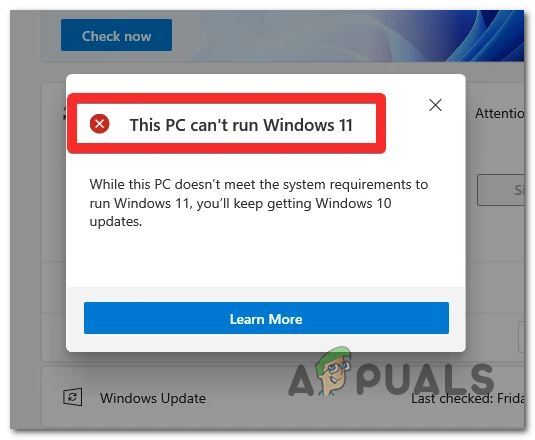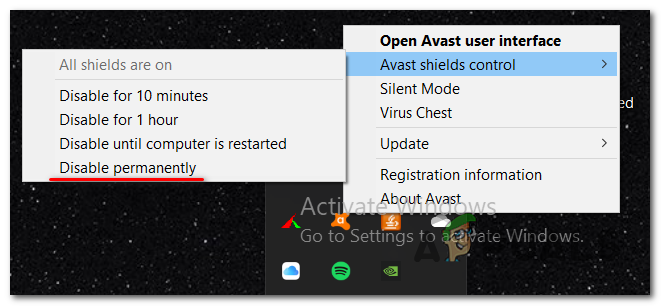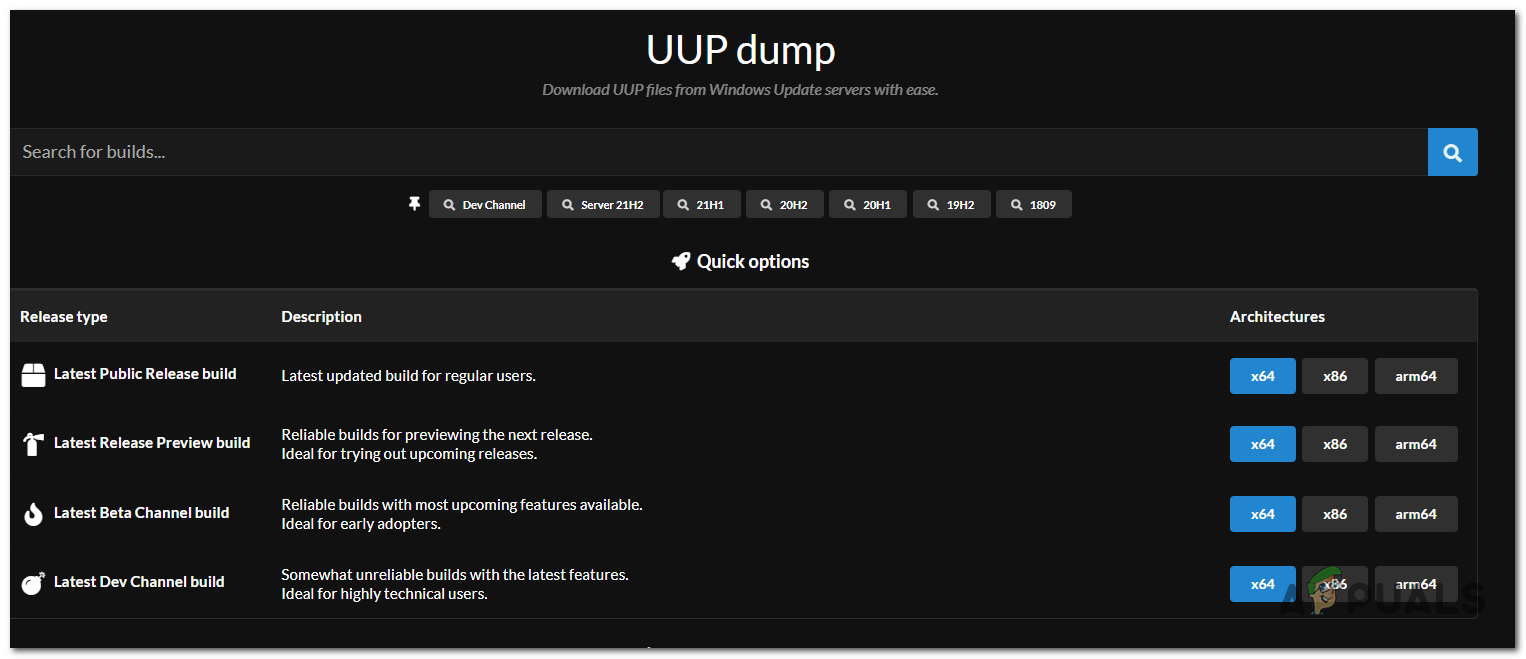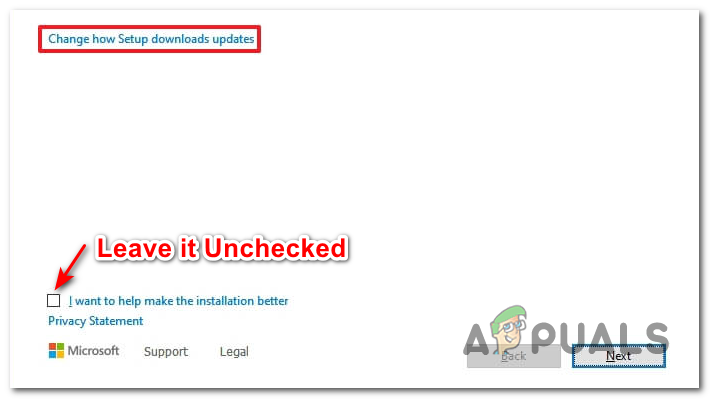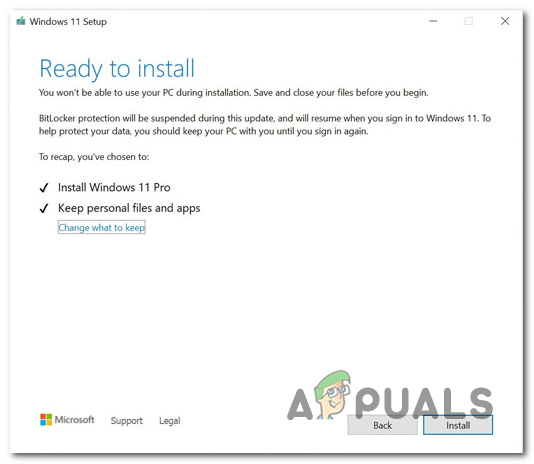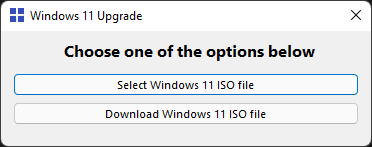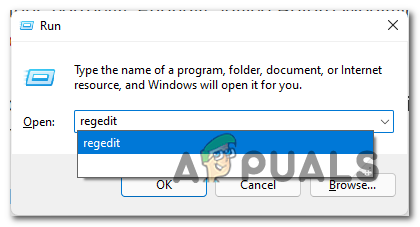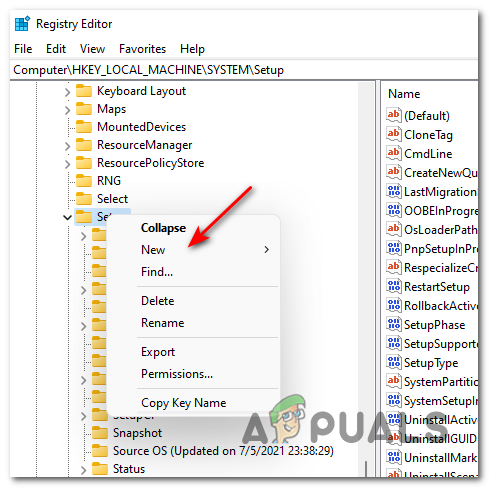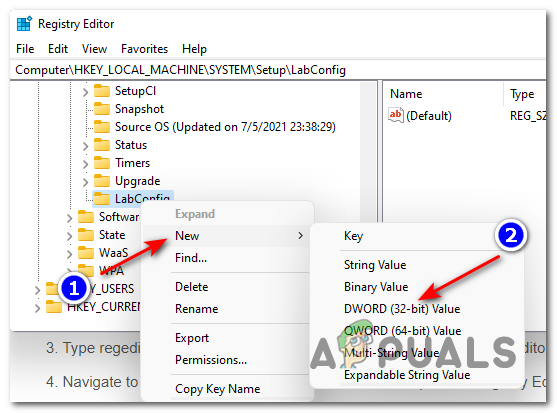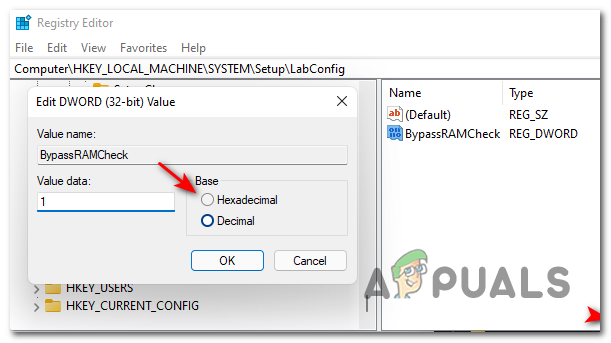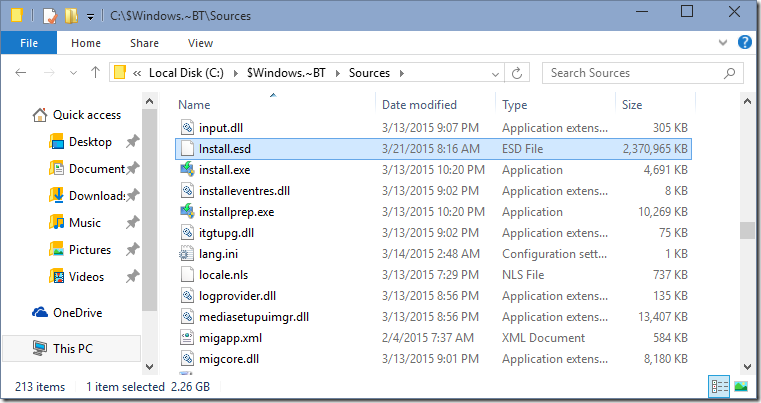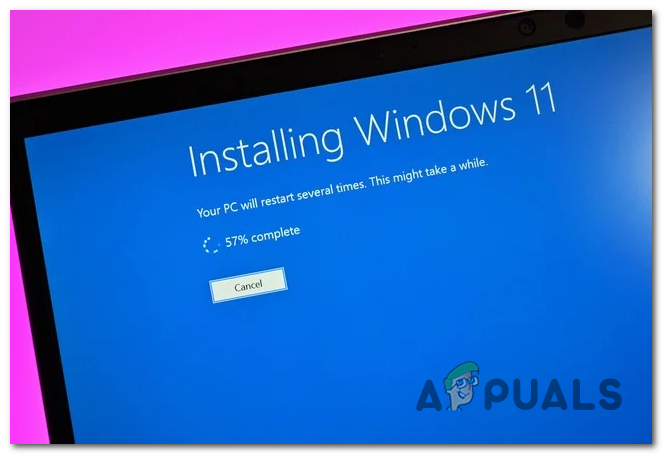If you’ve tried installing the Insider Preview of Windows 11 or you tried to use tools like PC Health Checker and you were greeted by the ‘This PC can’t run Windows 11‘ error message, don’t despair. There are quite a few potential workarounds that will allow you to install Windows 11 on hardware that is deemed incompatible with the new operating system from Microsoft. Here are just a few of the potential workarounds that community members have confirmed to be effective in allowing you to install Windows 11 on an unsupporting PC: Note: Keep in mind that these workarounds are prone to become ineffective as Microsoft releases new builds and patches the current exploits that the community has discovered. If any of the methods below are not working any longer, please let us know in the comment section below.
Perform an In-Place Upgrade
If you’re trying to upgrade an old computer to Windows 11 and the PC Health check deems that your PC is not capable of supporting the new OS, you might be able to install it on the old hardware by forcing an in-place upgrade. NOTE: As a lot of users have reported, if your Windows 10 PC is running the latest build available, some security checks (related to secure boot and TPM 2.0) will be bypassed while performing an in-place upgrade procedure. If you’re looking for specific instructions on how to perform an In-Place upgrade from Windows 10 to Windows 11, follow the instructions below:
Use the Windows11Upgrade Tool from GitHub
We can use a tool named “Windows11Upgrade”. It can simply bypass Microsoft’s new requirements including TPM, and CPU Requirements as well. It also allows you to perform an in-place upgrade as well as a clean install option. Here is how you can use this tool to remove restrictions placed by Microsoft:-
Use a Registry Edit Hack
If you don’t mind doing some registry adjustments in order to avoid using WinPass11 Guided Installer as presented above, you can also opt to build the Secure Boot and TPM 2.0 bypassing mechanisms yourself via Registry Editor. If TPM 2.0 is not supported on your hardware and your CPU is not able to virtualize the technology via PTT or TPM, you should be able to bypass the compatibility check by making the following changes:
Bypass the TPM 2.0 and Secure Boot Requirements
This method involves using the Microsoft Media Creation Tool to build a bootable Win 10 USB stick and accessing the Sources folder of the installation media in order to delete the install.esd or install.wim (whichever one is there). After you do this, you’ll need to mount the Windows 11 ISO and copy the install.wim file that you find inside before finally mounting the Win 10 once again. This method will allow you to install Windows 11 by tricking your system into believing that you’re actually installing Windows 10. IMPORTANT: This method will only work if your current OS partition is formatted to NTFS. FAT32 is limited to file transfers of up to 4 GB, so you won’t be able to copy over the install.esd file from the Windows 10 ISO. If yourself in this particular situation and you’re using FAT32, skip this method entirely and move down to the next method below. If you’re looking for specific instructions on how to do this, follow the instructions below:w
Convert WIM to ESD via PowerISO
If your OS drive is formatted to FAT32, you’ll get a “File Image Is Too Big‘ error message when you attempt to ‘import’ the ‘install.wim file to Windows 10 ISO as shown in the method above. This happens because FAT32 only supports files of up to 4GB in size which this particular install.wim file exceeds. Note: You won’t get this issue if you’re using NTFS which supports a maximum file size of 256 TB. In case you find yourself in a scenario in which you’re using FAT32, it’s very inconvenient to change the file system of your partition and reinstall the current Windows OS just to take advantage of this fix. A better way, in this case, is to use PowerISO to convert the ‘install.wim’ file to ESD which and paste that into the Windows 10 ISO. The file should be now under 4 GB which will no longer trigger the “File Image Is Too Big‘ error”. Follow the steps below for instructions on how to bypass the Windows 11 Requirements by using PowerISO to convert the ‘install.wim’ file of Windows 11 to ‘install.esd’ and bypass the file system limitations:
Windows 7 Extended Security Updates Bypass Still Works For EveryoneCyberpunk 2077’s Latest Patch is Breaking Save Files, Here’s How to Bypass itHow To Bypass FRP Lock on Sprint AQT100How to Root Oppo F1s with SafetyNet Bypass
